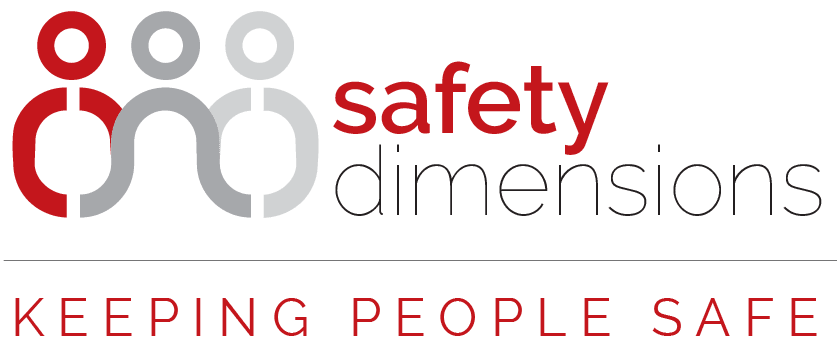Source: Comcare.
Many employees will at times feel that they are not coping well at work for a variety of reasons.
Some of these employees will experience some degree of stress as a result. While many people have strategies to deal with these situations, work-related stress becomes a concern where it is intense or sustained for such a time that it causes ill-health, psychological injury and workers’ compensation claims. Where significant numbers of employees experience the effects of stress at work, the problem can assume organisational proportions. Stress that has such harmful effects is now being recognised as a major workplace issue with significant costs for organisations, individuals and their families.
The factors that contribute to a psychological injury are many, and different prevention strategies may be required, depending on the factors prevailing in the particular organisation, workplace or work team. This publication from Comcare provides information to assist Australian government organisations to design and implement strategies to manage work-related stress and prevent psychological injury. It provides information on the major causes of stress and psychological injury. It also covers evidence-based interventions for minimising the adverse impact of these factors, as indicated by international and Australian research and analysis of Comcare claims data.
Comcare recommends that agencies adopt a systematic and structured approach to occupational health and safety (OHS) risk management.
A four step process to risk management is recommended, involving:
1.Identifying the sources of potential harm to employee health and wellbeing.
2. Systematically assessing the risk of employees being harmed.
3.Developing and implementing a plan to:
a) address the workplace factors that are risks of psychological injury (primary intervention);
b) minimise the impact of stress on employees (secondary intervention);
c) provide safe and effective rehabilitation and return to work for individuals once an injury has occurred (tertiary intervention); and
4. Monitoring and reviewing the implementation and effectiveness of interventions against agreed performance indicators and targets to ensure continuous improvement.
Source: Comcare https://www.comcare.gov.au/

